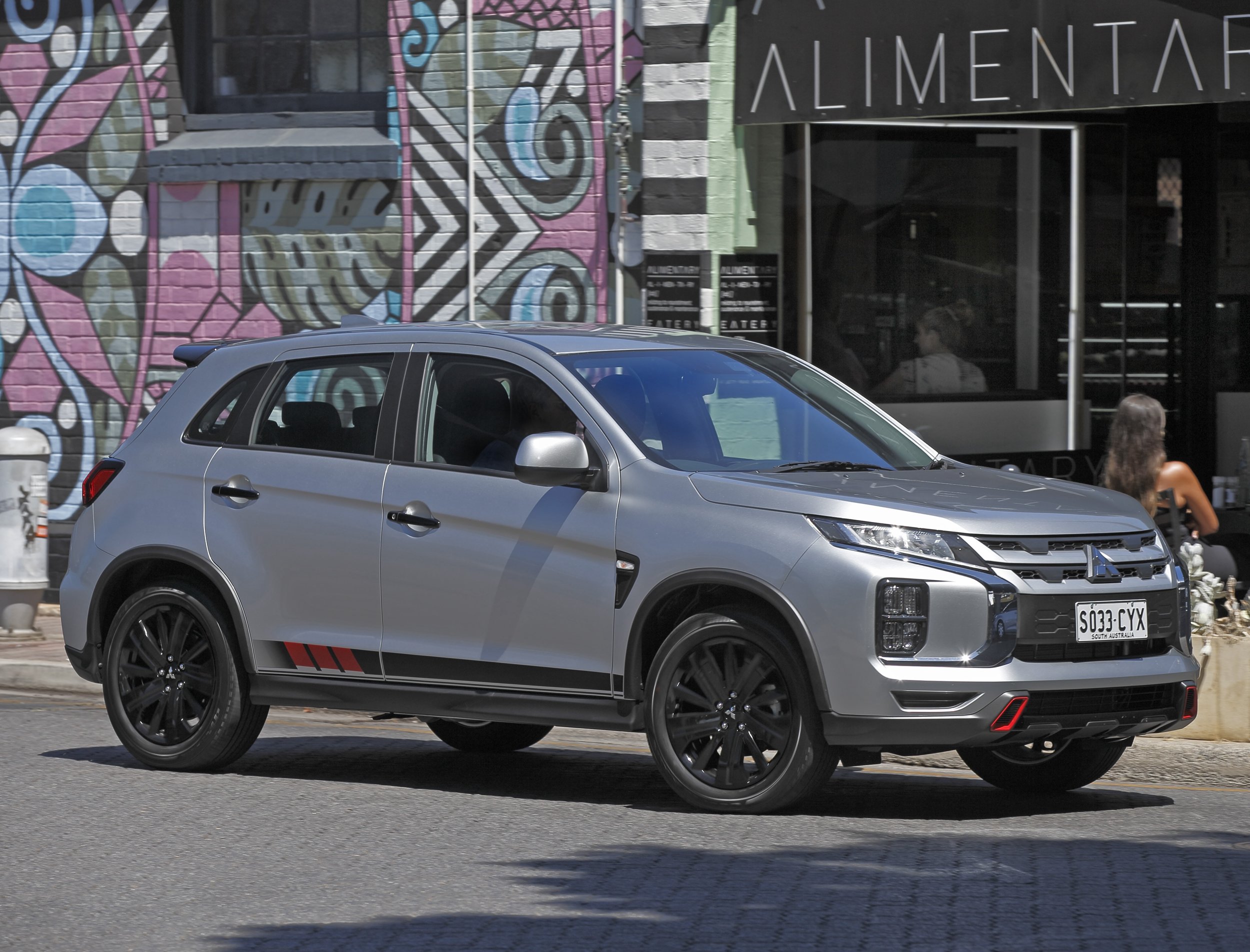ASX gone from Japan, pushing on in NZ
/14 years on sale and still going strong, local distributor says.
PRODUCTION of a Mitsubishi stalwart that has been here for 14 years has ended for Japan, but New Zealand will keep receiving it for the foreseeable future.
“ASX in its current form will continue on,” is the assurance from a local brand spokesman in wake of Japanese media announcing the five-door compact crossover has been retired from Japan, apparently in favour of an all-electric successor debuting in 2025.
Reece Congden, Mitsubishi Motors New Zealand head of marketing and corporate affairs, steered away from commenting about an all-electric choice.
However, he says the current car - which has undergone three major facelifts since 2010 and now represents in three constantly variable transmission 2.0-litre front-drive variants, with minor aesthetic revisions for this year - is staying on sale to Kiwis.
“The announcement is purely for the Japanese market. ASX will continue to be sold in NZ and other markets for the foreseeable future.”
Age and it having become is decidedly outdated compared to many of its competitors hasn’t wearied the customer desire.
A model whose name is shorthand for ‘Active Smart Crossover’ has consistently been a vital performer, Congden says.
Despite volume restrictions last year, it achieved 2000 registrations and was imperative in MMNZ being the local market's second-strongest performer for passenger volume.
He says the current car, which encompasses $27,990 LS and a pair of Black Editions, at $31,990 and $35,990, is doing well this year.
“ASX represents unmatched value in the market and now that supply is coming back online, our dealers are being inundated with enquiry.”
Expectation of it being a hot performer fired up MMNZ when it achieved the car as we still know it, back in 2010, but for the first two years of sale it was desultory performer. A price rejig in 2012 proved a positive jolt, though even then it was dearer than it is now.
In initial guise (above) ASX was provisioned across five choices, LS and Sport in front-drive with all-wheel-drive options, all with an earlier 2.0-litre petrol, and a D4 1.8-litre diesel all-wheel-drive Sport as the range-topper. In time, there were XLS and VRX types.
So what’s next? Mitsubishi has dropped various hints over the years, but never followed through. Eight months ago head office indicated it hoped to make a decision on how to replace it by the end of 2023. That didn’t happen.
At that point, it was believed to be weighing up a number of options.
These ranged from an all-new model, to a heavily-upgraded version of a Mitsubishi sold in South-East Asian markets with less stringent safety standards, to a Renault Captur with Mitsubishi badges, as it is in Europe.
Alternately, there has been thought it could simply drop the car and promote the Eclipse Cross, which is of similar dimension but in a higher price bracket, as the best future choice.
Now a highly-rated magazine in Japan, Response, this week reported the electric ASX successor will be based on the same Renault-Nissan-Mitsubishi platform used by the Nissan Ariya that releases here next month.
That platform also underpins the Renault Megane E-Tech that was supposed to come on sale here at the start of 2023, but was withdrawn last minute.
It will reportedly measure 4380mm long, 1810mm wide and 1650mm tall, with a 2670mm wheelbase – making it 15mm longer and 10mm taller than the current ASX, with an identical width and wheelbase.
MMNZ has not had a fully electric car here since it toyed with the i-MiEV in 2010-2012; but it understands the power of electric attraction. The Eclipse Cross and Outlander plug-in hybrids have been strong sellers, at least until Road User Charges became an issue for PHEV supporters.



















